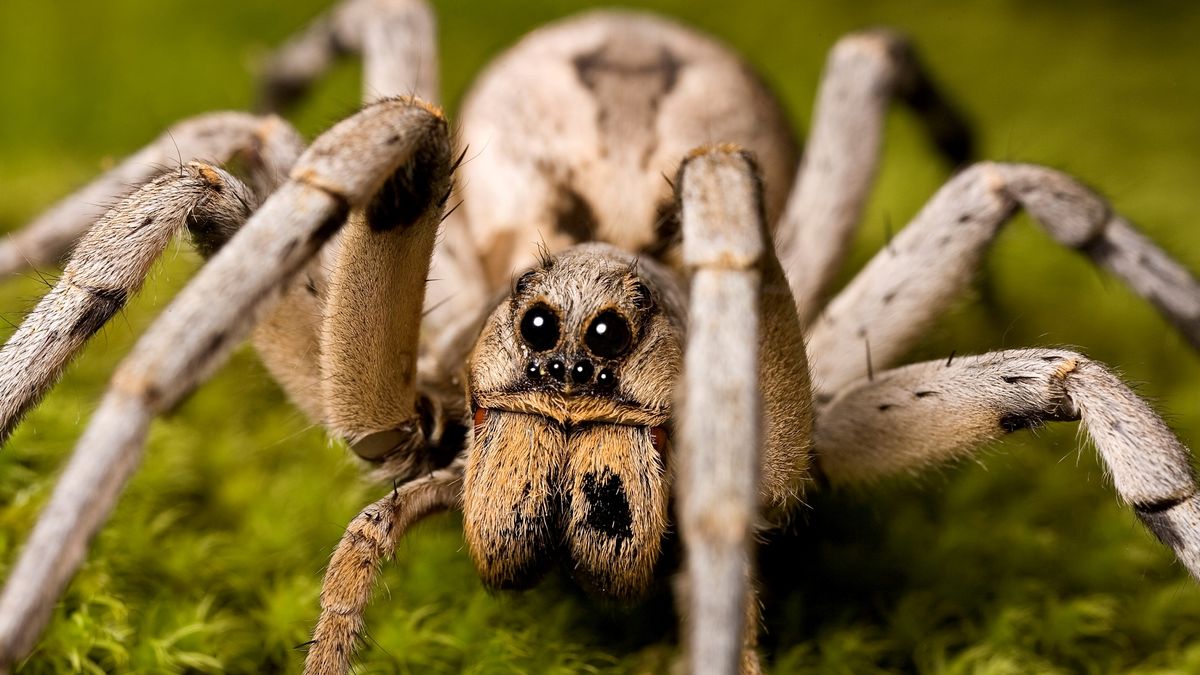Dealing with wasps can be quite a challenge, especially in Texas, where these insects can be more prevalent due to the warm climate. Understanding how to handle wasps safely and effectively is important for maintaining a comfortable and safe environment. This guide will walk you through practical strategies and tips to manage wasp problems, ensuring you can enjoy your outdoor spaces without fear. You can also read this Gary Lynn Wright Texas A Comprehensive Overview
What Are Wasps and Why Are They a Problem?
Wasps are flying insects that can be a nuisance when they invade your property. Unlike bees, wasps can sting multiple times, which can be quite painful. In Texas, the combination of heat and abundant food sources makes it an attractive place for wasps. Their stings can cause allergic reactions in some people, making it crucial to handle these insects carefully.
Identifying Wasp Nests
Before you can address a wasp problem, you need to identify where the nests are. Wasps build their nests in a variety of places, including:
- Under Eaves and Roofs: Wasps often build their nests in shaded areas under eaves, roofs, or overhangs.
- In Trees and Shrubs: They might also build nests in trees or bushes, which can be hard to spot.
- In the Ground: Some wasps, like the yellow jackets, build their nests underground.
Look for nests early in the morning or late in the evening when wasps are less active. Nests are typically round and made of paper-like material.
Safety First: Precautions to Take
Handling wasps requires caution. Here are some safety tips:
- Wear Protective Clothing: If you need to get close to a nest, wear long sleeves, gloves, and a hat to protect yourself from stings.
- Avoid Bright Colors and Strong Scents: Wasps are attracted to bright colors and strong scents, so wear neutral clothing and avoid using strong perfumes or scented lotions.
- Keep Calm: Quick movements can agitate wasps. Move slowly and calmly if you encounter them.
DIY Wasp Control Methods
If you have a small wasp problem, you might be able to handle it yourself. Here are some DIY methods to consider:
- Wasp Traps: You can buy or make wasp traps using simple materials. A common trap involves a container with a sugary liquid that attracts wasps. Place the trap away from your home to lure them away from your living space.
- Soapy Water: Mixing dish soap with water and spraying it on a wasp nest can be effective. The soap clogs their breathing pores and causes them to suffocate. Be sure to do this at night when the wasps are less active.
- Commercial Wasp Spray: There are several commercial sprays designed to kill wasps on contact. These sprays can be effective but should be used with caution. Always follow the instructions on the label and apply the spray from a safe distance.
Professional Wasp Control Services
For larger infestations or if you are unsure about handling the problem yourself, consider hiring a professional pest control service. Professionals have the expertise and equipment to safely remove wasp nests and handle the situation effectively. They can also provide advice on preventing future infestations.
Preventing Future Wasp Problems
Once you have dealt with the current wasp issue, take steps to prevent future problems:
- Seal Entry Points: Inspect your home for any gaps or cracks where wasps could enter and seal them.
- Maintain Cleanliness: Keep outdoor areas clean and free of food scraps. Wasps are attracted to food sources, so proper waste management can reduce their attraction.
- Regular Inspections: Periodically check for signs of new nests or wasp activity around your property, especially during the warmer months.
Conclusion
Handling wasps in Texas requires a mix of prevention, caution, and effective management techniques. By understanding where wasps build their nests, taking safety precautions, and using appropriate control methods, you can manage wasp problems and maintain a comfortable living environment. Whether you choose DIY methods or professional services, being proactive is key to keeping these pesky insects at bay.





